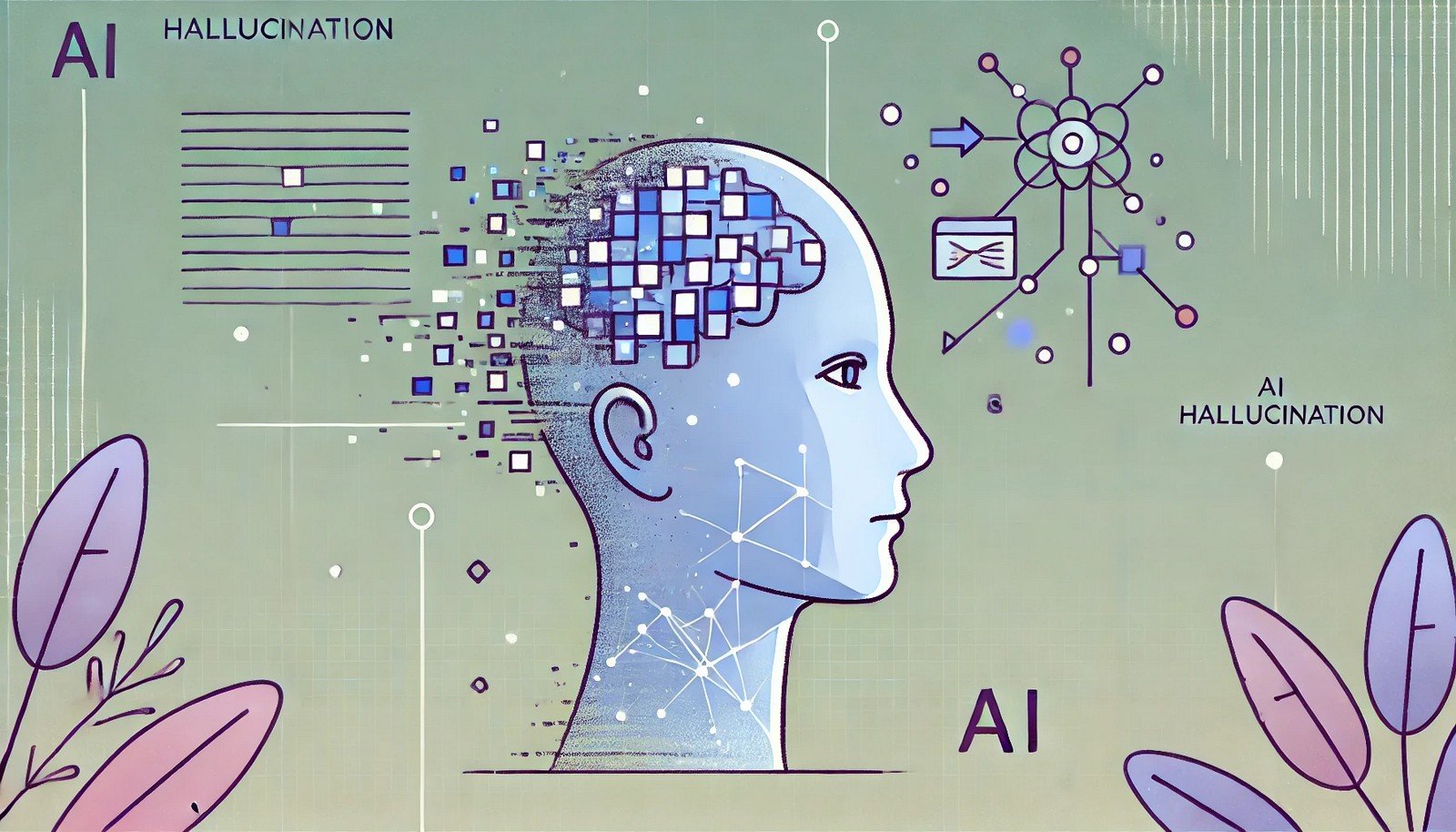AI Hallucination

Quick Navigation:
- AI Hallucination Definition
- AI Hallucination Explained Easy
- AI Hallucination Origin
- AI Hallucination Etymology
- AI Hallucination Usage Trends
- AI Hallucination Usage
- AI Hallucination Examples in Context
- AI Hallucination FAQ
- AI Hallucination Related Words
AI Hallucination Definition
AI Hallucination refers to instances when an AI system generates output that may sound plausible or appear accurate but is actually incorrect, irrelevant, or fabricated. This phenomenon is common in language models, where responses sometimes include false or "hallucinated" information that lacks a real basis in the input data. AI hallucinations often stem from gaps in training data, the model's probabilistic nature, or limited real-world understanding, causing it to "guess" or create information. The term highlights the need for caution, as outputs from AI are not always reliable representations of truth.
AI Hallucination Explained Easy
Imagine you ask a friend about a fact, and instead of saying "I don't know," they make up an answer that sounds real. That's what an AI hallucination is like—when an AI doesn't know something but gives you an answer that isn’t right, almost like it "imagines" or "guesses" the answer.
AI Hallucination Origin
AI hallucinations began to attract attention as generative AI models, particularly language models, became widely used. As these models grew more complex, they sometimes provided information that seemed confidently accurate but was actually incorrect. The term "hallucination" was borrowed from human psychology, where hallucinations imply perceiving something that isn’t real, highlighting the unpredictability in AI responses.
AI Hallucination Etymology
The term "hallucination" comes from the Latin word "hallucinari," meaning "to wander in the mind." In the context of AI, it describes how the AI model can wander from true information and generate false responses.
AI Hallucination Usage Trends
The use of the term "AI hallucination" has grown with the increasing deployment of AI models in consumer and business applications. Discussions about hallucinations have spread among developers, researchers, and the general public as reliance on AI grows and awareness of the potential risks associated with these errors rises. As language models like ChatGPT, Bard, and others continue to evolve, AI hallucinations remain a popular topic due to the potential consequences of misinformation and user trust.
AI Hallucination Usage
- Formal/Technical Tagging: machine learning, natural language processing, generative models, information accuracy
- Typical Collocations: AI hallucination, hallucinated information, model hallucination, generative hallucination
AI Hallucination Examples in Context
"The model produced an AI hallucination, inventing historical events that never happened."
"Developers are working on techniques to reduce the rate of AI hallucinations in chatbots."
"While useful, AI systems are prone to hallucinations, requiring careful review of their outputs."
AI Hallucination FAQ
- What is an AI hallucination?
An AI hallucination is when an AI generates incorrect or fabricated information. - Why do AI systems hallucinate?
Hallucinations happen because of gaps in training data or the model’s probabilistic approach to responses. - Are AI hallucinations harmful?
They can be, especially if users believe the misinformation is true. - How common are AI hallucinations?
They occur frequently in generative AI models, especially in complex or unfamiliar topics. - Can AI hallucinations be prevented?
Efforts are ongoing to minimize them, but they are currently difficult to prevent entirely. - Do all AI models hallucinate?
Most generative AI models are prone to hallucinations to some degree. - Can AI hallucinations be detected?
Some approaches exist, but detecting them is challenging without human intervention. - How do AI hallucinations affect businesses?
They may lead to misinformation, impacting decisions if the data is trusted without verification. - Do AI hallucinations only occur in language models?
Primarily in language models, but other generative models may also produce hallucinations. - How can users recognize an AI hallucination?
Cross-checking information with reliable sources is the best way to detect hallucinations.
AI Hallucination Related Words
- Categories/Topics: machine learning, natural language processing, misinformation, AI ethics
- Word Families: hallucinate, hallucinated, hallucination
Did you know?
In early 2023, a chatbot made headlines when it confidently gave fictitious legal cases to a user researching court records. This AI hallucination led to significant awareness about the potential dangers of relying too heavily on generative AI for critical information.
PicDictionary.com is an online dictionary in pictures. If you have questions or suggestions, please reach out to us on WhatsApp or Twitter.Authors | Arjun Vishnu | @ArjunAndVishnu

I am Vishnu. I like AI, Linux, Single Board Computers, and Cloud Computing. I create the web & video content, and I also write for popular websites.
My younger brother, Arjun handles image & video editing. Together, we run a YouTube Channel that's focused on reviewing gadgets and explaining technology.



Comments powered by CComment